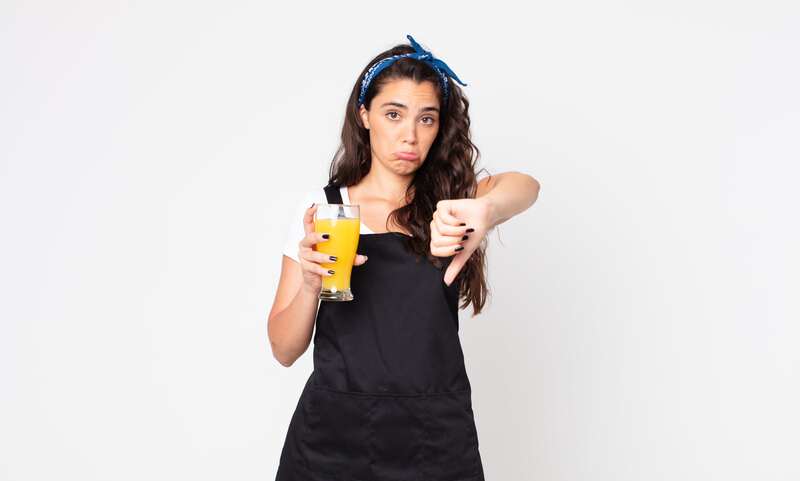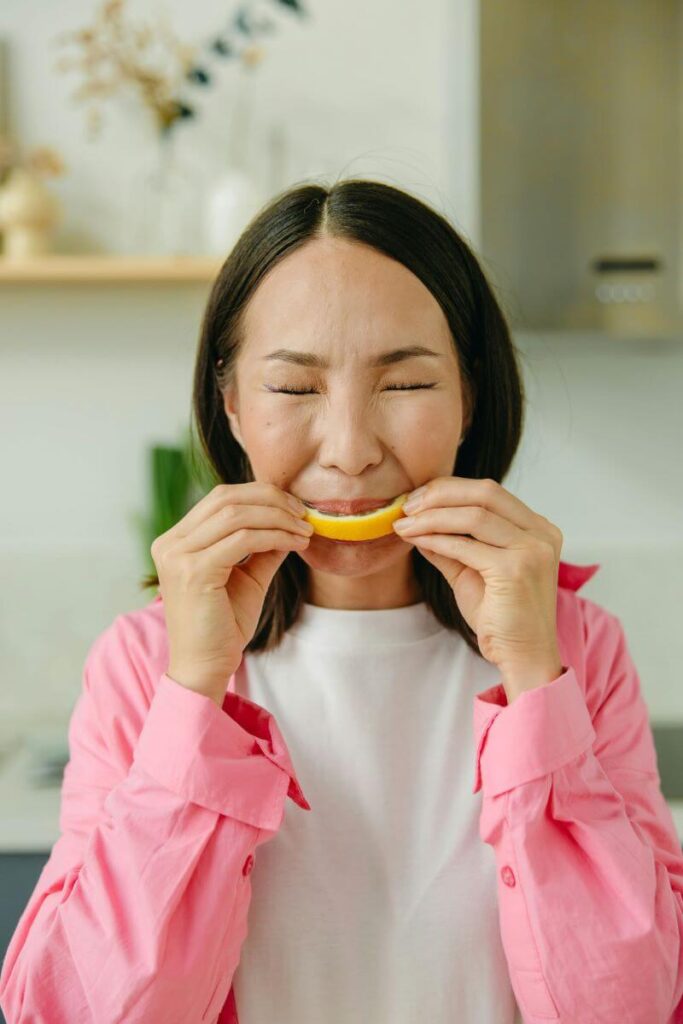A staple of warm days, slushies charm both children and adults with their crushed ice and tangy flavors. However, this summer delight conceals an unexpected danger for young children. Here’s why.
As the temperature rises, slushies flood terraces, amusement parks, and beaches. Vibrant, sweet, and fun to enjoy… it’s hard for kids to resist them. Yet, behind this festive façade, a health warning from the UK has sparked concern among early childhood experts.
The UK Health Security Agency (UKHSA) warns that some of these icy treats contain concerning amounts of glycerol, an additive used to give slushies their distinctive texture. This is where the trouble begins.
Slushie: Glycerol, A Not-So-Harmless Ingredient
Glycerol, also known as E422, is a food additive permitted in Europe. It’s found in numerous everyday products: toothpaste, candies, syrups… In small amounts, it poses no risk. However, in larger quantities, particularly concentrated in slushies, it may trigger side effects in young children.
The UKHSA has reported several alarming cases: two children under age four were hospitalized between 2021 and 2022 after consuming industrial slushies containing high levels of glycerol.
Symptoms included nausea, vomiting, hypoglycemia, drowsiness… and in some instances, loss of consciousness. These adverse effects stem from the fact that smaller bodies metabolize this additive less efficiently.
Are Slushies Really Dangerous for Children?
Figures That Matter
According to data from the UK agency, some slushies contain up to 50 grams of glycerol per serving, significantly exceeding what a young child can tolerate without risk. For comparison, a child weighing 10 kg could experience adverse effects from as little as 10 grams of glycerol.
In light of these findings, UK health authorities recommend avoiding slushies for children under 4 years old and significantly limiting their consumption for those under 8.
What About France?
So far, there hasn’t been any official alert issued in France, but experts are starting to raise concerns. The magazine Science & Vie has echoed the British warning and advises parents to be cautious. This is especially relevant since many slushies sold in France are imported or manufactured using similar processes.
Public health websites are now urging parents to steer clear of industrial slushies, which are often laden with sugar, brightly colored, and potentially high in additives for younger children.
What Should Parents Do?
Don’t panic: it’s not about banning slushies altogether, but acting with awareness.
Here are some straightforward tips:
- Avoid giving industrial slushies to children under 4 years old.
- Check the labels: if you see “glycerol” or “E422,” proceed with caution.
- Opt for homemade slushies: just some pure fruit juice and crushed ice… that’s all!
- Don’t let a child consume a large slushie by themselves: share it or offer a smaller amount.
IMPORTANT TO KNOW
Some slushies also contain dyes such as E129 or E102, which are suspected of exacerbating hyperactivity in children according to the European Food Safety Authority (EFSA, 2008).







